There are some disadvantages for Hydroponic growers in order to implement Biological control method;
- Biological control is an extremely “knowledge intensive” technique. Example: If white flies are discovered on tomatoes, the grower could spray… and that would be that. However, if biological control is used, the grower must first identify the type of white fly (Trialeurodes verses Bemisia) then order the appropriate beneficial wasp, then place the wasps in the proper locations in the crop…
- Introduce the beneficial(s) BEFORE the pest organism is present. If the grower waits until the pest is noticed, populations are already rising and the lag time between noticing-ordering-introduction may be up to 2 weeks – plenty of time for a pest to get out of control! This is commonly done with white fly parasitic wasps.
- There are natural “swings” in both the beneficial and pest populations. As the pest population rises there will be more food/hosts for the beneficial (predator/parasite) population which will begin rising. As the beneficial population rises and eats/parasitizes the pests, the pest population will decrease resulting in less food/hosts for the beneficials. As the beneficial population decreases the pest population rises again, etc.
- Conservation: Attraction and preservation of naturally occurring beneficial organisms in the crop (best for field crops).
- Inoculation: Periodic releases of small numbers of “beneficials”starting early in the season. Used in greenhouse hydroponics.
- Inundation: Mass introductions of “beneficials” aimed at eliminating pests immediately, especially when pest populations are high.























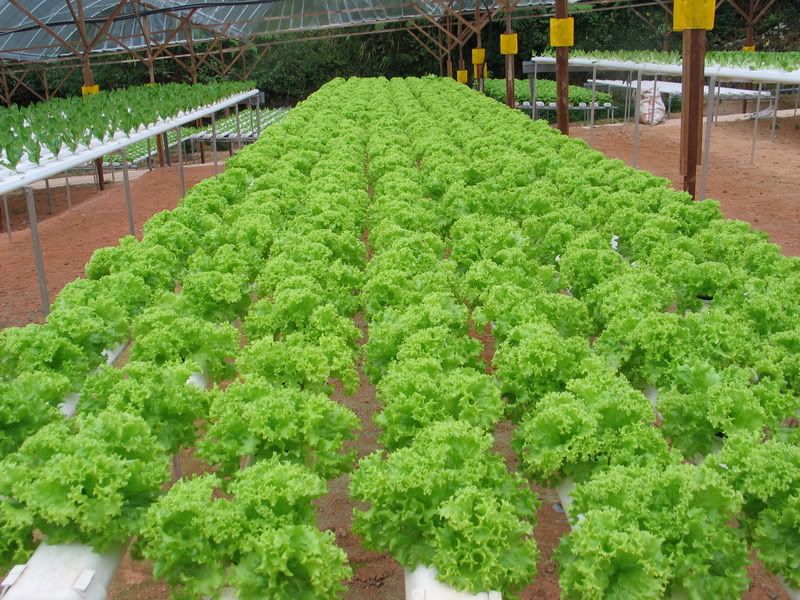
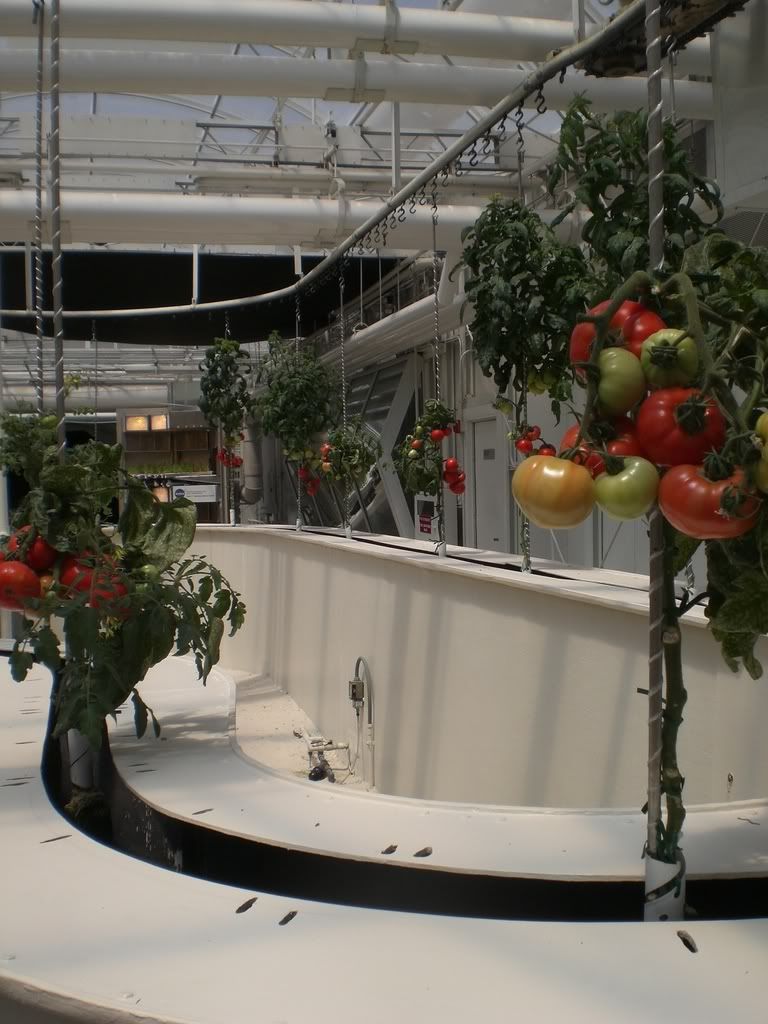
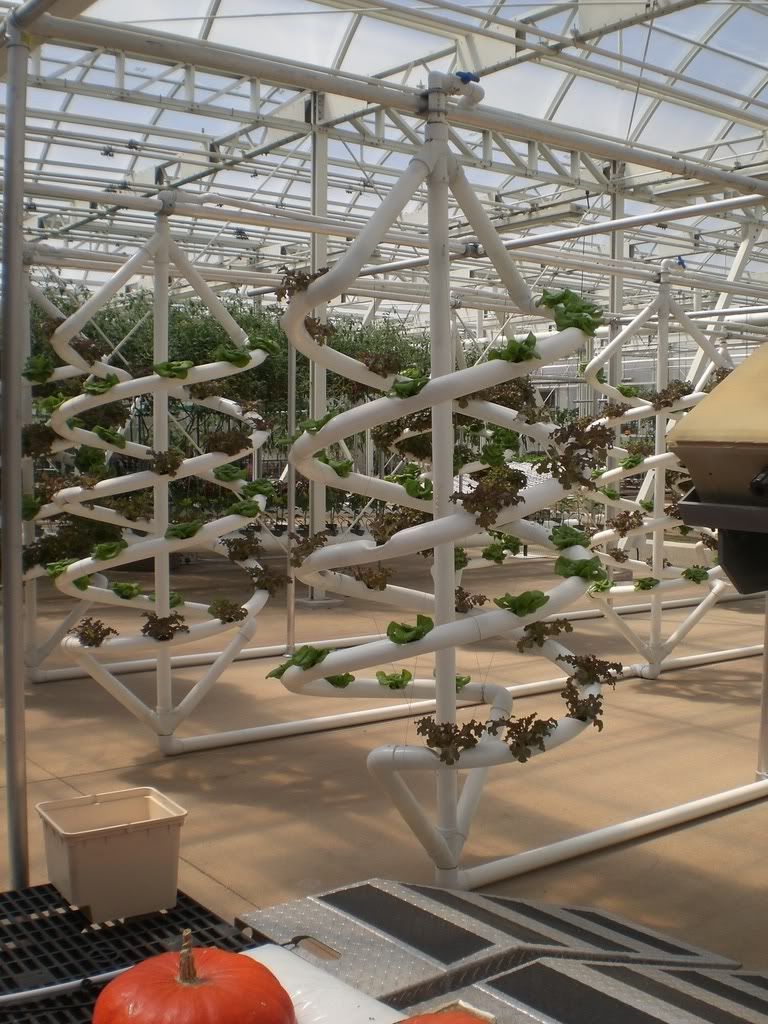
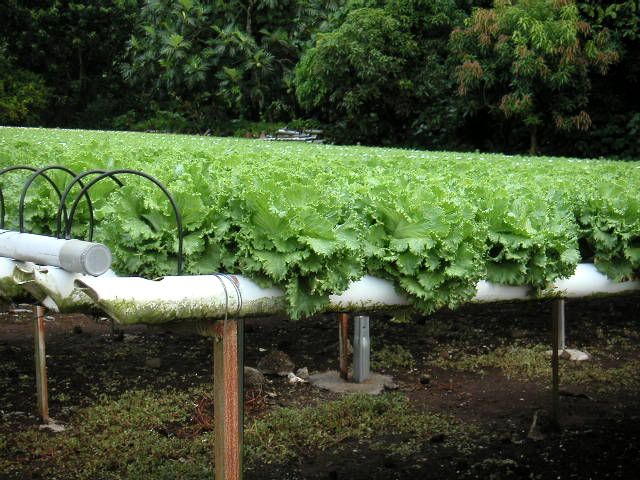
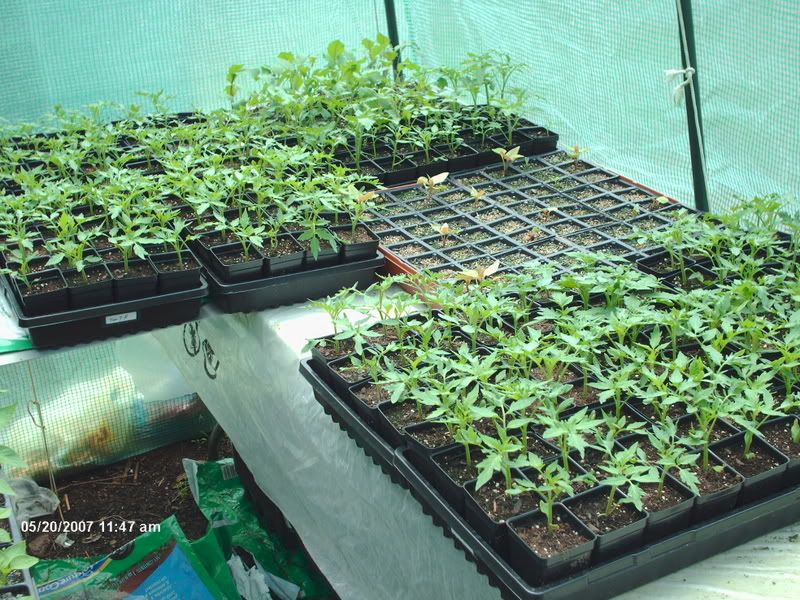
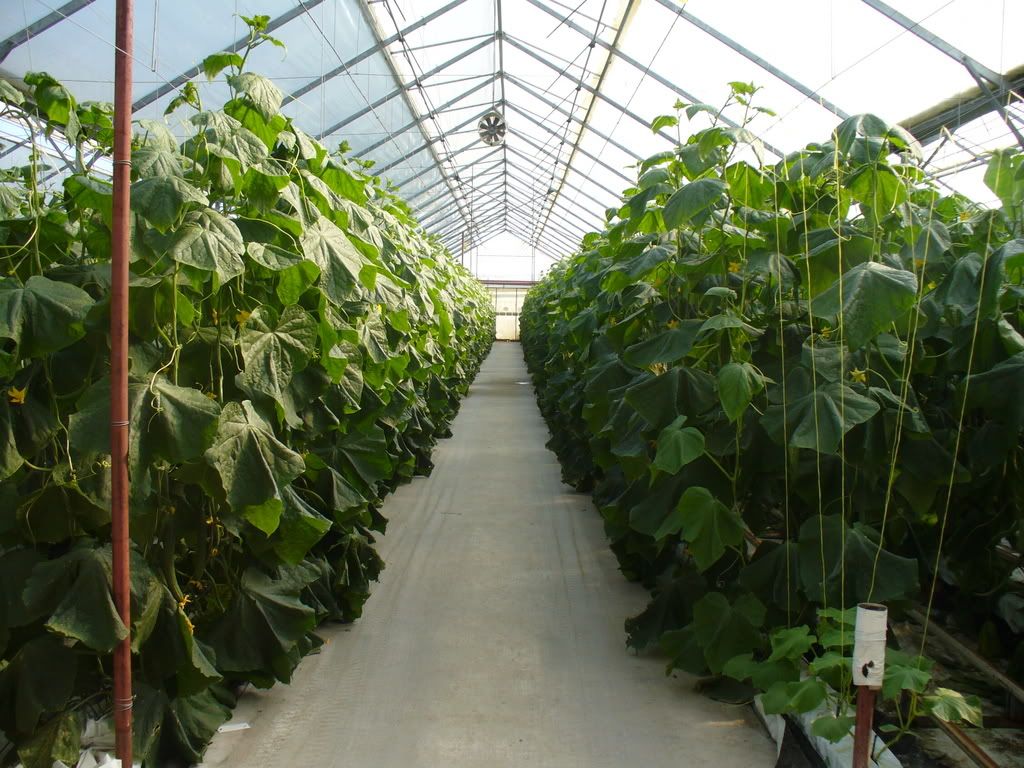
No comments:
Post a Comment